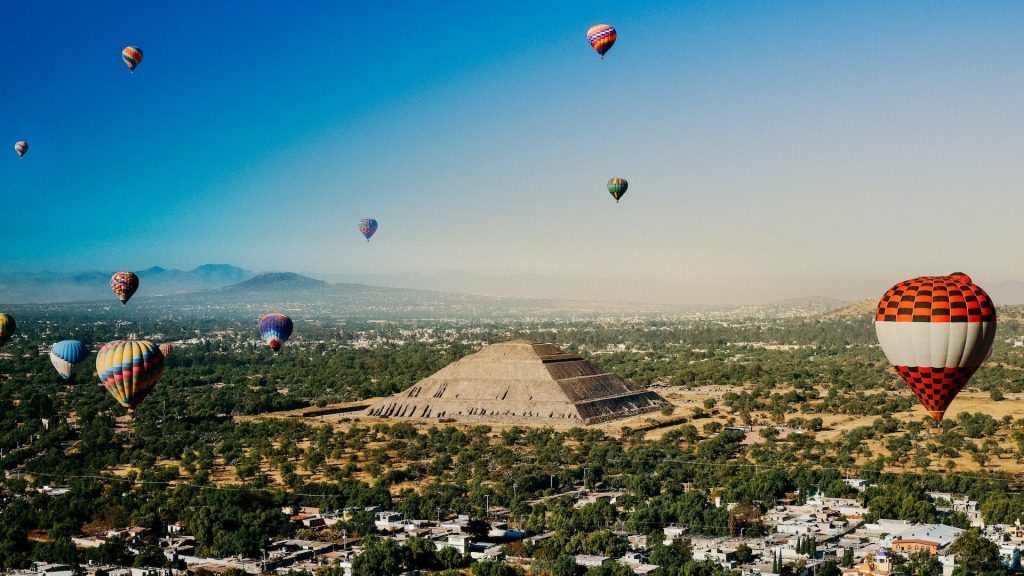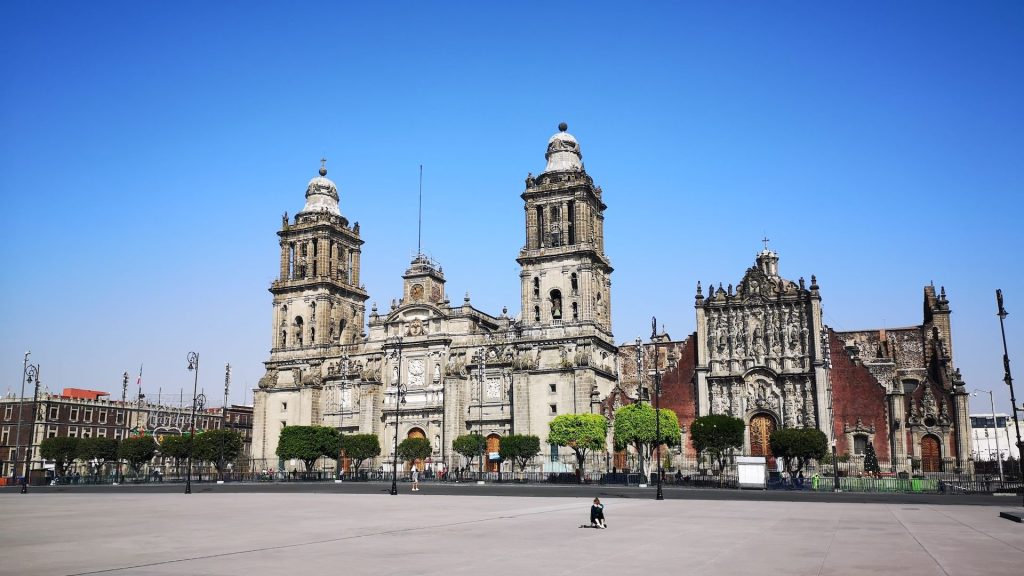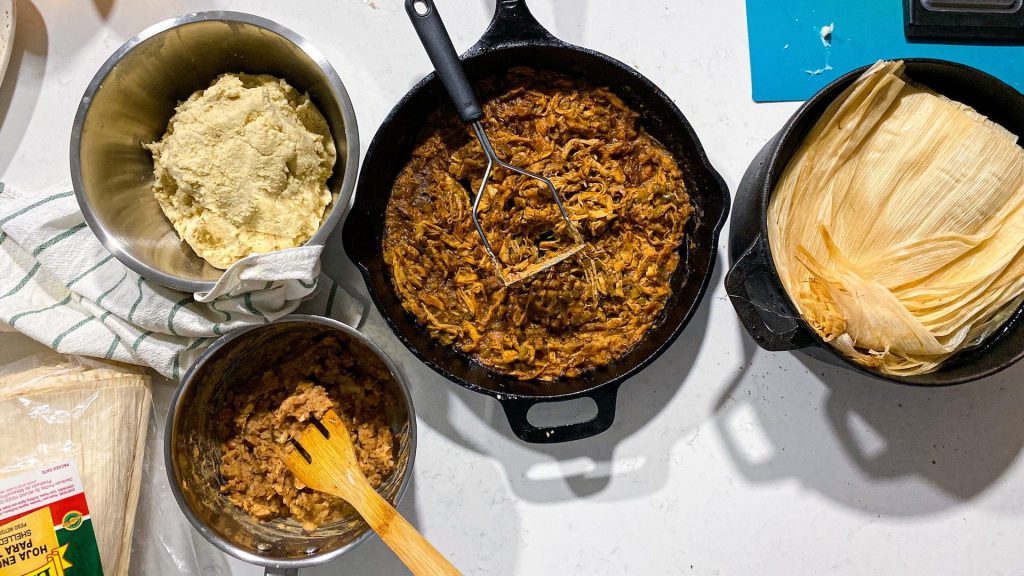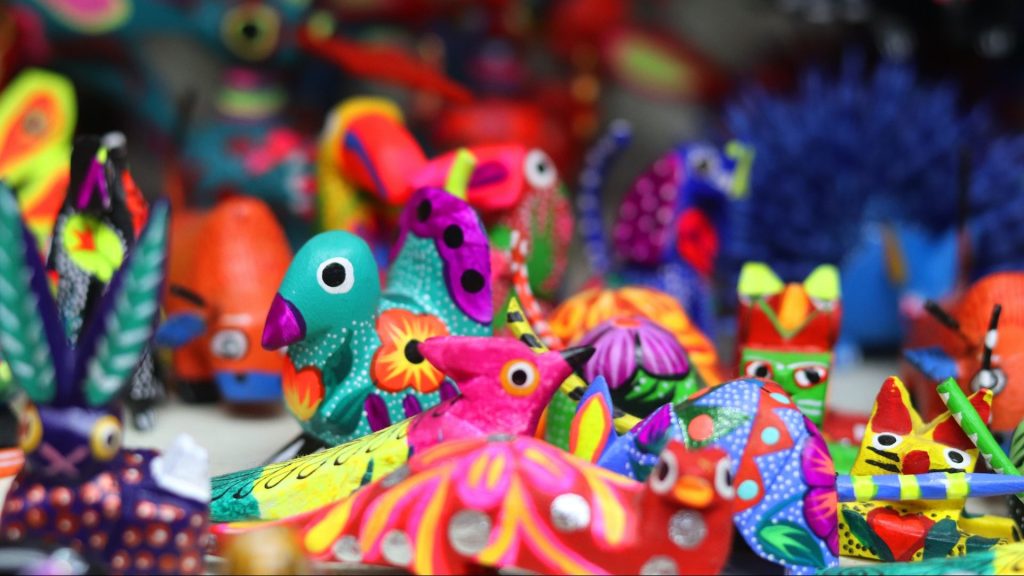Mexico is a country with a rich history and culture that dates back thousands of years, therefore, its cultural heritage is a reflection of the wide variety of traditions, artistic manifestations, historical monuments and archaeological sites that represent the diversity and history of this nation.
Mexico’s cultural heritage is made up of various elements, including its architecture, art, literature, music, gastronomy, indigenous languages, festivities and traditions, among many others. Each of these elements has its own history and meaning, and together they form a rich and complex cultural identity that is unique in the world.
With more than 30 sites named as World Heritage Sites by UNESCO, Mexico is proud to preserve and promote its cultural heritage. Keep on reading, because we will explain some of the cultural heritage that this beautiful country has.
PRE-HISPANIC ART

Pre-hispanic art and architecture are essential components of Mexico’s cultural heritage. Teotihuacán Pyramids, Templo Mayor in Mexico City, and Chichén Itzá ruins are impressive examples of the architectural grandeur of Aztec and Mayan civilizations.
COLONIAL ARCHITECTURE

The historic centers of cities such as Mexico City, Oaxaca, Guanajuato and Puebla are true treasures of colonial architecture. Their cobblestone streets, churches, cathedrals and plazas tell us the story of the Spanish conquest. These sites offer a glimpse into the cultural diversity and Mexican identity.
MEXICAN GASTRONOMY

Although physical assets are mainly classified as World Heritage, there are also intangible cultural manifestations that are considered a valuable treasure for conservation. In this case, Mexican gastronomy is recognized worldwide due to its famous dishes such as tacos, mole, pozole, tamales and guacamole, among others.
These authentic and traditional flavors are an essential part of the Mexican cultural heritage and have been recognized by UNESCO as Intangible Heritage of Humanity.
HANDICRAFTS AND TEXTILES

Mexican handicrafts, such as alebrijes, Talavera ceramics, Oaxaca textiles and Chiapas embroidery, are artistic expressions that reflect the creativity and skills of Mexican artisans. These unique and colorful pieces are a testament to the country’s traditional and cultural identity and have become iconic elements in the world craft scene.
The preservation of Mexican cultural heritage is of utmost importance to the country, since these treasures are not only a source of identity and pride for Mexicans, they are also a key element that recognizes the country as a unique and varied tourist destination.
This is the reason why the protection, promotion and preservation of these sites and traditions of indigenous communities are essential to the promotion of sustainable tourism in Mexico, which will keep alive its vibrant traditions and festivities that are a heritage and a reflection of the vast Mexican history.

